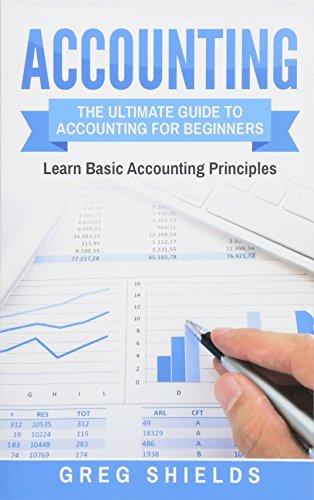
3. Consider the market for Iberian hams (Jamn Ibrico) in Spain, which is a perfectly competitive constant cost industry. Suppose that each ham producer has a total cost function TC(q)=50+5q+2q2, where this is both the short run and long run total cost function (for the short run TC(0)=50, while for the long run TC (0)=0). Given this total cost function, a representative firm's marginal cost function is given by MC(q)=5+4q. The industry demand curve for Iberian ham is given by QD=5000150P. a) Derive the long run equilibrium price and quantity. How many firms operate in this long run equilibrium? b) Suppose that after much lobbying by the ham producers, the government decides that it wants to help the existing firms in the industry. To do so it stimulates demand so that the new industry demand is given by QD=7125 150P. What happens to industry price and quantity, and the profitability of the representative seller in the short run? c) Same question as in b), except now answer the question for the long run rather than the short run. d) Based on your answers to previous parts, do you think that the lobbying expenditures by the ham producers referred to in part b) were not profit maximizing? Or that the lobbying expenditures are profit maximizing as long as they were sufficiently small? 3. Consider the market for Iberian hams (Jamn Ibrico) in Spain, which is a perfectly competitive constant cost industry. Suppose that each ham producer has a total cost function TC(q)=50+5q+2q2, where this is both the short run and long run total cost function (for the short run TC(0)=50, while for the long run TC (0)=0). Given this total cost function, a representative firm's marginal cost function is given by MC(q)=5+4q. The industry demand curve for Iberian ham is given by QD=5000150P. a) Derive the long run equilibrium price and quantity. How many firms operate in this long run equilibrium? b) Suppose that after much lobbying by the ham producers, the government decides that it wants to help the existing firms in the industry. To do so it stimulates demand so that the new industry demand is given by QD=7125 150P. What happens to industry price and quantity, and the profitability of the representative seller in the short run? c) Same question as in b), except now answer the question for the long run rather than the short run. d) Based on your answers to previous parts, do you think that the lobbying expenditures by the ham producers referred to in part b) were not profit maximizing? Or that the lobbying expenditures are profit maximizing as long as they were sufficiently small







